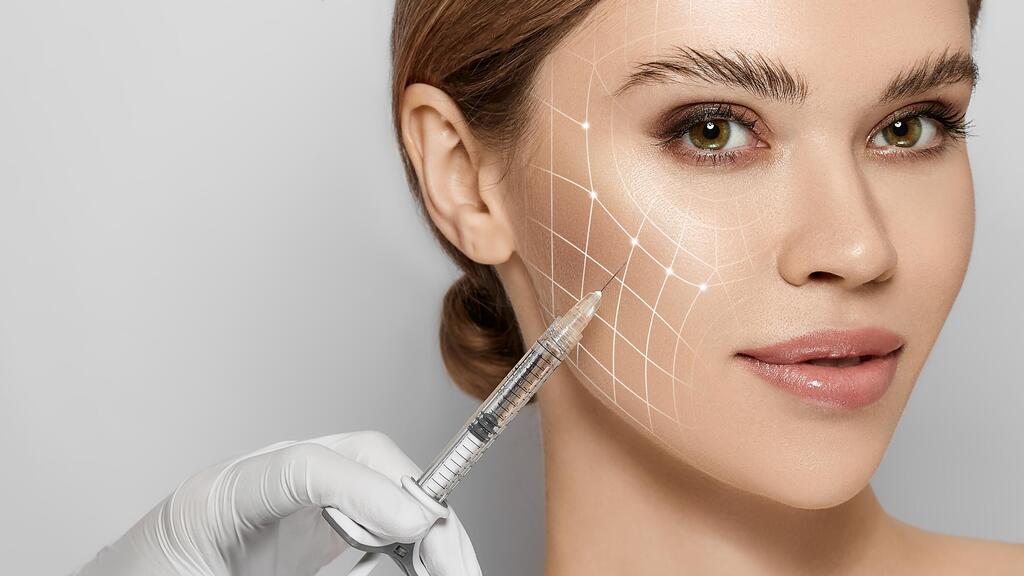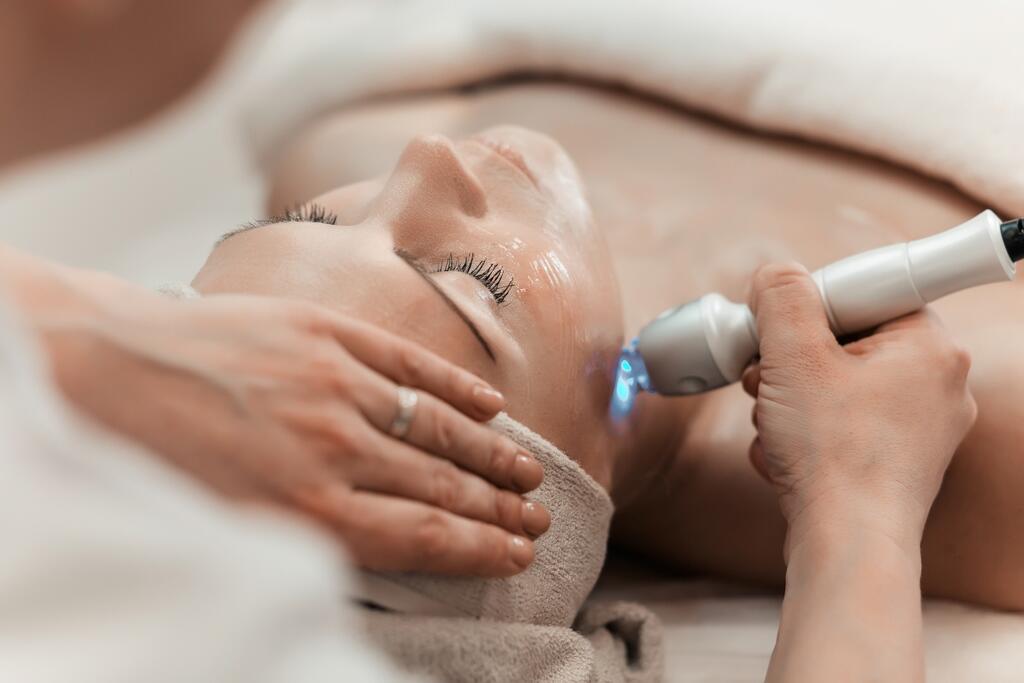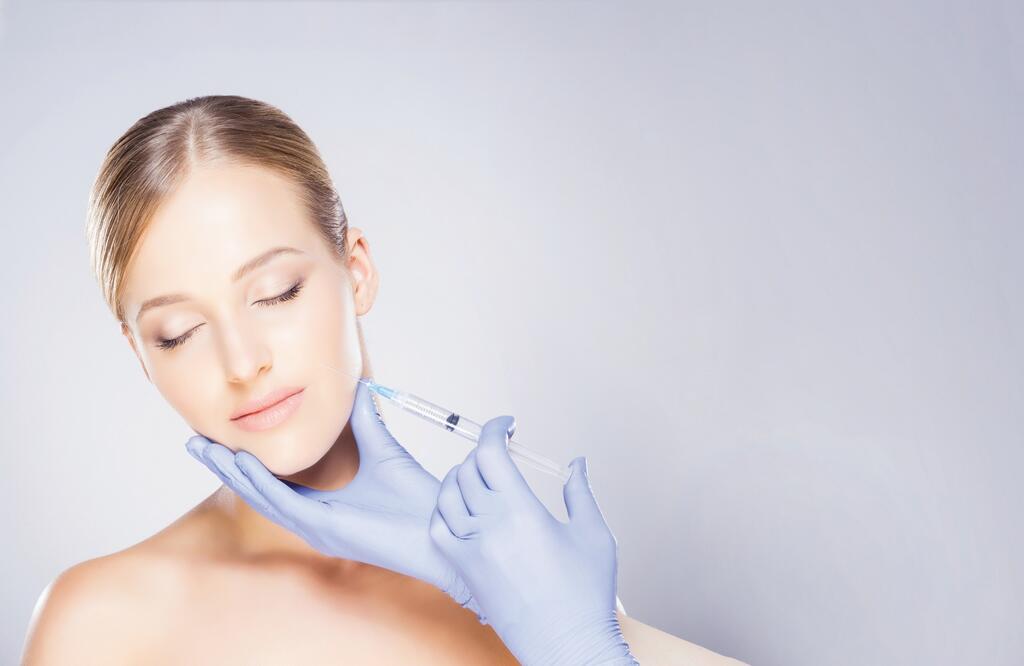Aesthetic medicine is always abounding with new developments. One of the latest and most fascinating techniques is the non-surgical face lift, known as the thread lift technique. This notable method not only gathers and lifts the skin but also promotes collagen production, enhancing skin elasticity and firmness. What exactly are these threads, what varieties exist, and who is the ideal candidate?
With significant interest from both men and women in aesthetic treatments, Dr. Laura Muchnik, a specialist in family and aesthetic medicine who performs thread lifts among other procedures, is featured in the episode. Dana, one of her patients, shares her own experience.
"We discussed extensively how closely intertwined the body and soul are, so when someone feels good about themselves, their health tends to be stronger," Dana explains her choice of topic. "It's also a pertinent time to discuss this because it has become something nearly everyone considers at a certain point, applicable to both genders," concurs Prof. Raz.
Threads in your face
What are the threads that are used in facial procedures? "These threads are designed for lifting," clarifies Dr. Muchnik, "They lift the tissues. The thread is a polymer, a hypoallergenic biological substance that not only lifts tissues but also tightens the skin by a few millimeters, enhancing the overall appearance."
The composition of the thread stimulates the production of collagen and elastin, which serve to maintain the skin's appearance in the area where the thread is placed. This occurs as the polylactic acid within the thread prompts the surrounding cells to produce collagen and elastin.
The customization of the thread treatment is tailored to each patient, typically ideal for moderate sagging in various facial regions like the neck, jawline, and eyelids. "There are at least 18-20 different types of threads, each suited to specific facial areas and their tissues," states Dr. Muchnik, further noting: "Based on the patient's specific needs, we select the appropriate type and amount of threads."
The thread will dissolve after 8-14 months, but the collagen that forms around it continues to support the skin for an additional 3-4 years, ensuring effects that last well beyond the presence of the thread itself.
When should you start?
Dr. Muchnik indicates that the ages of 35-45 are optimal for treatment. "At this stage, collagen production is still active, and elastin remains in the face, with minimal sagging of tissues. Therefore, initiating treatment at this time serves as a preventative approach, leading to effective tightening and lifting without the need for numerous threads," she explains.
Dr. Muchnik also highlights the material properties of the threads. "Since the threads are polymer-based, they do not increase facial volume. Treating just the jawline is insufficient if there's sagging in the central face or the cheekbones. A comprehensive approach is required," she notes, specifying that it involves using fillers to augment and lift the cheekbones and applying threads along the jawline.
"Typically, I integrate lifting using fillers in areas that need slight elevation, like the cheekbones or soft tissues," she details, "Following this, I can apply specialized thread treatments that accentuate the jawline."
How is the thread utilized?
Dr. Muchnik describes this as an invasive procedure. Similar to a visit to the dentist, the area is numbed before starting, followed by mild local anesthesia. The threads used are sterile, and the skin is disinfected before the procedure. After the numbing effect takes hold, a few minutes are allowed to pass, the insertion point is marked, and then the thread, housed in a sealed, sterile cannula, is inserted. The thread features barbs that deploy within the skin to aid in lifting the surrounding tissues. The entire process takes approximately 10 minutes.
Dana Ron, who has experienced this treatment, reports that it involved no pain, though she felt some tightness in her skin for a few days post-procedure which gradually subsided.
It's critical to understand that thread treatments are not appropriate for everyone. Dr. Muchnik points out that not everyone is a candidate for this treatment. Those who should avoid it include:
- Individuals with significant facial sagging due to substantial volume loss, typically from severe weight loss.
- Only individuals over the age of 35 are eligible.
- Those undergoing cancer treatments or those with weakened immune systems are not suitable candidates.
- The treatment is also not suitable for pregnant women or those who are breastfeeding.
Before proceeding with such a treatment, there are important precautions to consider:
- Refrain from engaging in sports for approximately a month.
- Avoid any facial massages or skincare treatments for a month.
- Stay out of the sun for about a month after the treatment.
- The procedure must only be carried out by a qualified medical professional.
In conclusion, while this treatment is only suitable for certain individuals in specific circumstances and not every part of the body, for those who are eligible, it offers a very natural look since it tightens the patient’s own skin.




